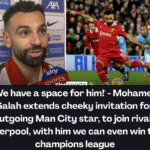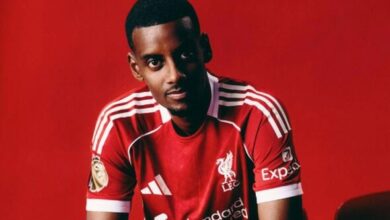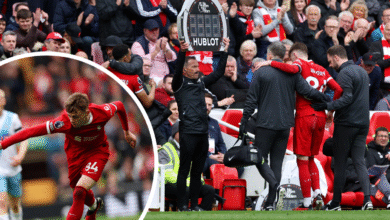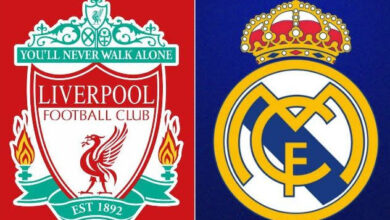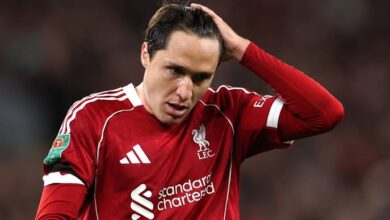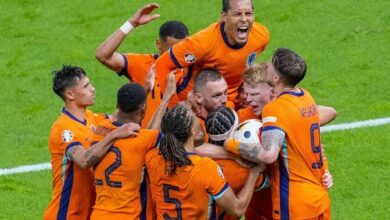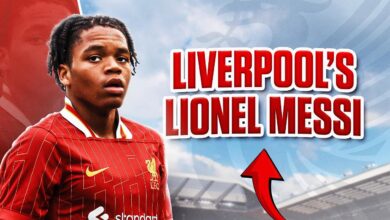Manchester City’s Transition Phase: Player Departures, Transfer Challenges, and Academy Regrets
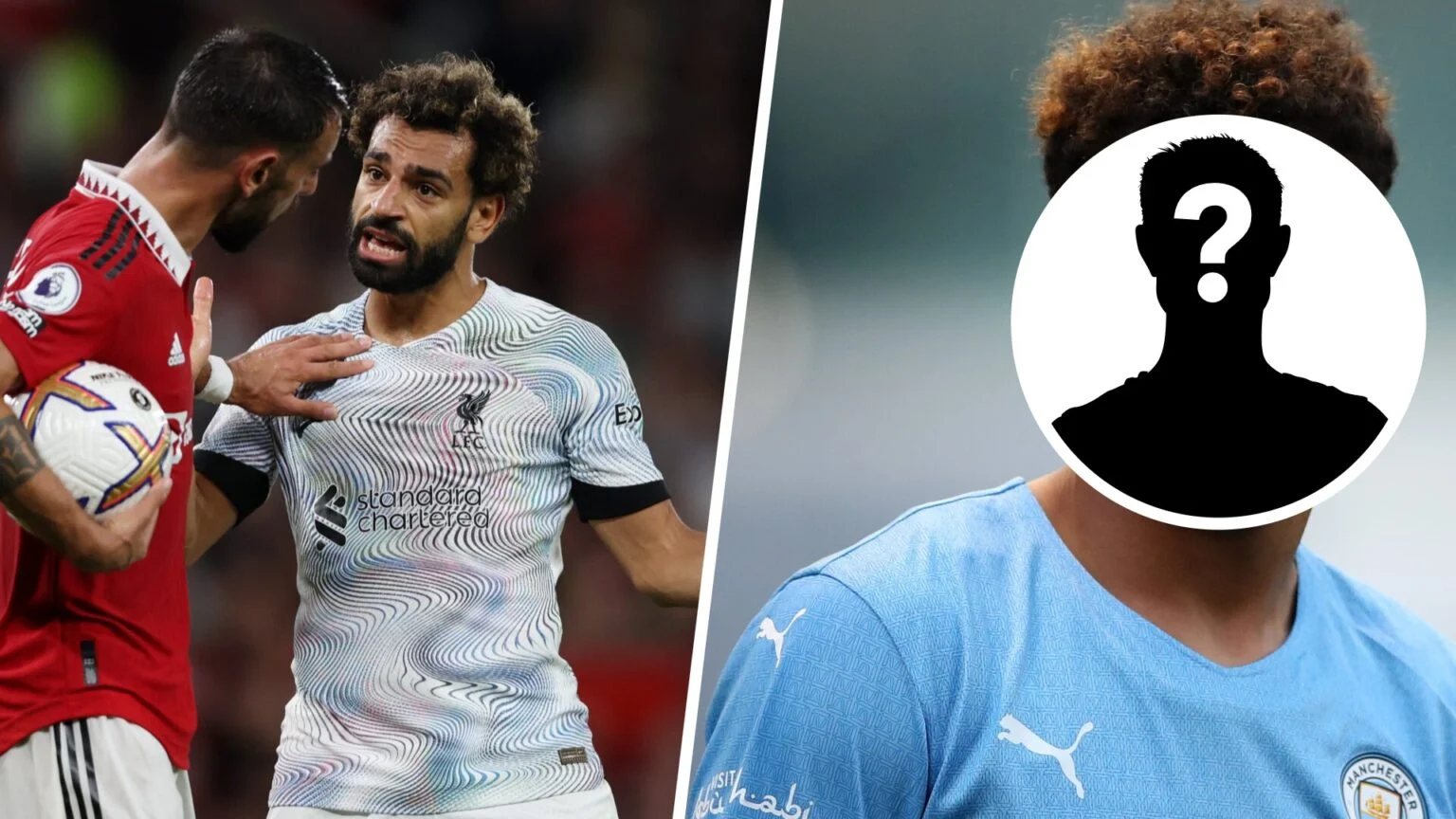
As Manchester City navigates what appears to be a pivotal moment in the club’s recent history, multiple storylines are emerging that could shape their future trajectory. From confirmed departures of club legends to challenging transfer pursuits and academy talents that slipped through their fingers, the Premier League champions are facing a summer of significant transition. This period of change encompasses personal challenges for current players, strategic recruitment hurdles, and what might be seen as missed opportunities in youth development.
Manchester City fans are preparing to bid farewell to Kevin De Bruyne, who has confirmed this season will be his last at the Etihad Stadium. The Belgian playmaker has been a transformative figure for City since joining from Wolfsburg in 2015, establishing himself as one of the Premier League’s greatest midfielders of all time.
Even as he prepares to depart, De Bruyne continues to demonstrate his exceptional quality. In City’s recent 5-2 victory over Crystal Palace, he played a pivotal role in turning the game around after the visitors had taken a shock 2-0 lead. De Bruyne scored a stunning free-kick and was instrumental in the team’s comeback, displaying the mentality that has made him such a crucial player – never panicking, always believing in the team’s ability to respond to adversity.
Speaking after the match, De Bruyne reflected on the challenging start: “I was wondering, ‘What’s going on here?’, but I think the reaction was really good. Obviously, scoring very quickly the first and the second changed the feeling of the game. I think overall we played really well.”
But De Bruyne’s impending departure may not be the only significant midfield loss for City this summer. According to reports from Portuguese outlet A Bola, Bernardo Silva could also be on his way out, with his boyhood club Benfica plotting a move to bring him back to Lisbon.
Silva, now 30 years old, has reportedly indicated a willingness to take a pay cut to facilitate the move – a significant gesture that suggests a strong desire to return to his roots. Since joining City from Monaco in 2017, Silva has been a model of consistency and versatility, earning high praise from Guardiola for his tactical intelligence and work ethic.
In December, Guardiola described Silva as “a special player” who “puts his heart into those positions.” The manager added: “He is an incredible winner and example for us in how he behaves in different positions and always tries to help and read what happens in certain positions. Playing attacking midfield, holding midfield, always defensively he makes an incredible effort.”
If Silva does depart, he would leave as a “modern-day legend” at City, having played a crucial role in one of the most successful periods in the club’s history. The potential return to Benfica would represent a full-circle moment in his career, though questions remain about whether the Portuguese club can afford the transfer fee that City would demand.
As Manchester City prepares to potentially replace departing stars, they’re also facing challenges in securing their transfer targets. One such case involves Juventus full-back Andrea Cambiaso, who has reportedly been on City’s radar for some time.
The Italian press has suggested that City remains interested in signing Cambiaso, even though they didn’t make a move for him in January. There seems to be confidence that the Citizens will make an offer in the summer, potentially competing with Liverpool and Bayern Munich for the defender’s signature.
However, recent developments may have complicated this pursuit. According to La Gazzetta dello Sport, Juventus’ Exor ownership has recently injected €15 million into the club, significantly strengthening their financial position. This cash infusion means the Bianconeri are under less pressure to sell their prized assets, including Cambiaso and fellow talent Kenan Yildiz, who are now described as being at the “centre of the sporting project” in Turin.
While Juventus will still consider substantial offers, they no longer find it necessary to part with Cambiaso, which represents a notable setback to Manchester City’s summer transfer plans. This shift in Juventus’ stance means City will need to make “an extra effort” to secure the Italy international, potentially requiring a higher transfer fee than initially anticipated.
This development illustrates the challenges of operating in an increasingly competitive transfer market, even for a club with City’s financial resources. As more clubs secure robust financial backing and investment, the landscape is becoming more challenging for even the wealthiest teams to simply acquire the players they want.
While Manchester City deals with these on-field and transfer market challenges, recent events have highlighted the personal toll that football fame can take on players and their families. Phil Foden, the homegrown talent who has blossomed into one of City’s most valuable assets, has seen his family life thrust into the spotlight under unfortunate circumstances.
Reports indicate that Foden’s mother, Claire Rowlands, has put her £3 million mansion in Prestbury, Cheshire, up for sale just one week after being subjected to abusive chants from Manchester United supporters during the recent Manchester derby at Old Trafford. The timing suggests a direct connection between these events, painting a troubling picture of how football rivalries can spill over into players’ personal lives.
The property in question is no ordinary home. Purchased by Foden four years ago, the mansion features luxury amenities including a swimming pool, cinema, gym, wine cellar, and even a golf simulator. Initially, Foden lived there with his parents before moving to a separate nearby house with his fiancée Rebecca Cooke and their three young children.
This is not the first time the Foden family has made headlines regarding their Prestbury residence. Previous reports suggested that Rowlands had upset neighbors with what was described as a “deafening two-hour fireworks party” that drew comparisons to displays at “Sydney Harbour Bridge or Disneyland.” Local residents claimed they received no warning about the event, which reportedly caused distress to pets and young children in the area.
Despite these occasional controversies, those who know the family have emphasized Claire’s unwavering commitment to her son and the rest of her close-knit family. Foden was raised in more modest surroundings before his rise to stardom, growing up in an end-of-terrace house on Grenville Street near Stockport County Football Club.
The incident raises important questions about the protection afforded to players’ families and the responsibilities of clubs to ensure they are not subjected to abuse. As football authorities face increasing pressure to address offensive chanting and fan behavior, the targeting of players’ families represents a particularly concerning trend that crosses the boundaries of acceptable rivalry.
While City grapples with departures and transfer challenges, another storyline has emerged that adds a further dimension to their current transition: the rise of former academy product Morgan Rogers at Aston Villa. Rogers’ development into one of the Premier League’s most effective attacking players raises questions about City’s management of young talent during their period of dominance.
Only Mohamed Salah and Bruno Fernandes have more goal involvements in the Premier League in 2025 than Rogers, who was sold by Manchester City for just £1.5 million. The 22-year-old spent four years at City’s academy before being moved on to Middlesbrough, where he impressed with 15 goal involvements in 33 games under Michael Carrick.
His performances at Middlesbrough caught the attention of Aston Villa, who swooped in to sign him. After making 11 appearances and scoring three goals in his first season with Villa, Rogers has exploded onto the scene this campaign. Starting every game under Unai Emery both in the league and in Europe, he has registered 14 goals and 10 assists in 46 games.
Rogers has not only established himself as a key performer but has also become “a leader in the Villa dressing room” and is described as possibly their “most indispensable player.” His development into a Premier League star raises questions about City’s approach to youth development and whether their pursuit of immediate success has come at the expense of nurturing long-term assets.
When asked earlier this season about the decision to let Rogers leave, following a 2-1 defeat to Villa in which Rogers scored the decisive goal, Guardiola cited competition for minutes as the sole reason: “Everybody knows how good Morgan [Rogers] is… In that moment, when they arrive, they are two or three years younger and in that moment, they are Kevin [De Bruyne] in their prime and David Silva and Bernardo [Silva] and Riyad [Mahrez] and Leroy [Sane] and Raheem [Sterling] and sometimes, it’s difficult and it’s the only reason why.”
The irony is not lost on observers that as City now prepares to replace departing stars like De Bruyne and potentially Silva, they might look back at the decision to let Rogers go with a tinge of regret. The article notes that City’s struggles this season have partly stemmed from “a lack of physicality and running in the middle of the park”—areas in which Rogers is described as “elite.”
Rogers is just one in a line of talented players who have developed at the City Football Academy before finding success elsewhere. Romeo Lavia, Jeremie Frimpong, Michael Olise, Brahim Diaz, and perhaps most notably, Chelsea talisman Cole Palmer, all spent time in Manchester before moving on to establish themselves at other clubs.
The stories of De Bruyne’s departure, Silva’s potential exit, Cambiaso’s transfer complications, Foden’s family challenges, and Rogers’ development elsewhere all highlight different facets of the complex balancing act that elite clubs must perform. Success creates its own challenges, and for Manchester City, their period of domestic dominance has led to a situation where significant change now appears inevitable.
The club’s approach to youth development exemplifies this tension. When a team is competing for the Premier League, Champions League, and domestic cups every season with a squad filled with world-class talent, finding minutes for emerging players becomes increasingly difficult. As Guardiola noted when discussing Rogers, the competition for places from established stars made it hard for younger players to break through.
This creates a difficult situation for both the club and the young players. For City, the pressure to maintain their success means relying on proven performers rather than taking risks on developing talent. For the players, their career development requires regular playing time that may simply not be available at City.
The case of Morgan Rogers illustrates both sides of this equation. From City’s perspective, they achieved tremendous success with the established players they chose over Rogers. Six Premier League titles, a Champions League, and a historic treble since Guardiola’s arrival in 2016 represent an unprecedented period of dominance in English football.
Yet as that era potentially comes to a close, with key figures departing and the need to rebuild parts of the squad becoming apparent, the value of having developed players like Rogers becomes more evident. As the article notes, City’s current struggles with physicality and running in midfield are areas where Rogers excels.
The challenge for Manchester City moving forward will be finding a better balance between immediate success and long-term development. This may involve creating clearer pathways for academy graduates, potentially through loan systems or partnerships with other clubs, or being more selective about which young talents they allow to leave permanently.
As Manchester City approaches what could be one of their most pivotal transfer windows in recent years, they face multiple challenges. Replacing departing midfield stars, navigating the complicated pursuit of targets like Cambiaso, and potentially reconsidering their approach to young talent all represent significant areas of focus.
Recent reports have suggested that City is already planning for life after De Bruyne, with The Athletic’s David Ornstein naming Bayer Leverkusen’s Florian Wirtz and Nottingham Forest’s Morgan Gibbs-White as potential replacements. Both players would represent significant investments but would bring different qualities to City’s midfield.
The pursuit of Cambiaso highlights another dimension of City’s recruitment strategy. The Italian full-back has reportedly been identified as a target, but Juventus’ improved financial position means securing his signature may be more challenging than initially anticipated. This illustrates how the transfer landscape continues to evolve, with more clubs able to resist financial pressure to sell their best players.
Meanwhile, the rise of former academy products like Rogers at other clubs may prompt a revaluation of City’s approach to youth development. While the club has invested heavily in state-of-the-art facilities and recruitment networks to identify promising young players, the pathway from academy to first team has often proven difficult to navigate.
For Manchester City, this summer represents a critical juncture in the club’s recent history. The confirmed departure of De Bruyne, the potential exit of Silva, the challenges in securing transfer targets like Cambiaso, and the rise of former academy product Rogers all point to a period of significant transition. How the club navigates these changes will play a crucial role in determining whether they can maintain their position at the summit of English and European football.
The stories emerging from the Etihad – from the personal challenges facing Foden’s family to the professional decisions of established stars like De Bruyne and Silva – highlight the multifaceted nature of modern football. Success on the pitch is influenced by countless factors off it, from the well-being of players’ families to the financial maneuvers of competing clubs and the development pathways offered to young talent.
As City fans look ahead to next season, they may feel a mixture of anxiety and excitement. The departure of beloved players always brings a sense of loss, but it also creates opportunities for new stars to emerge and for the team to evolve in interesting ways. The club’s track record under Guardiola suggests that they have the infrastructure and expertise to manage this transition effectively.
The true measure of a great football club is not just its ability to achieve success but to sustain it through periods of change. Manchester City now faces such a test – rebuilding key areas of their squad while navigating a more challenging transfer landscape and potentially reconsidering their approach to nurturing young talent. If history is any guide, they will approach this challenge with the same meticulous planning and bold ambition that has characterized their rise to prominence over the past decade.
As the summer transfer window approaches, all eyes will be on the Etihad to see how this new chapter in the Manchester City story unfolds. The decisions made in the coming months could shape the club’s trajectory for years to come, determining whether their period of dominance continues or whether they enter a phase of recalibration and renewal.
What is certain is that City stands at a crossroads, with the paths taken regarding departing stars, transfer targets, and academy development likely to define the next phase of the club’s evolution. In football, as in life, periods of transition bring both challenges and opportunities. How Manchester City responds to this moment of change will reveal much about the club’s priorities, philosophy, and prospects for continued success.




